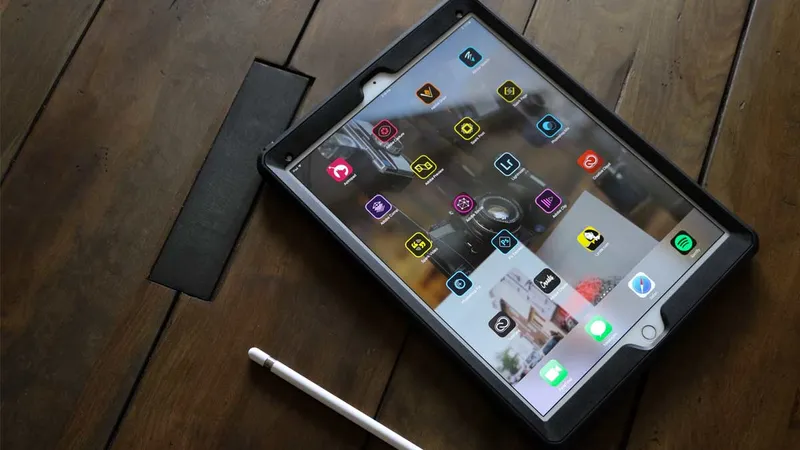They’re here! The highly anticipated releases of iPadOS 14 and iOS 14 have arrived. To ensure you and your users can take advantage of the latest productivity, continuity and security features, we are proud to once again offer same-day support for Apple operating systems.
But enough about us. Let’s focus on you and how you can seamlessly rollout your upgrades. We’ve put together a comprehensive guide for iPadOS and iOS upgrades and covers:
- Why your organization should embrace Apple OS upgrades
- What’s new with iPadOS 14 and iOS 14
- Why testing is essential
- Options for rolling out iPadOS 14 and iOS 14
Continue reading for more information on what the e-book holds.
Embrace Apple OS upgrades
Contrary to other ecosystems, major versions of Apple’s operating systems, macOS, iPadOS, iOS, tvOS and watchOS, are released annually. When devices are running old software, consistency, security and user experience could be compromised. This is especially true when organizations attempt to support a variety of devices and OS platforms with a single management solution.
A combination of the simple upgrade path and $0 cost for Apple OS upgrades help drive industry-leading adoption rates for consumers. End users are excited to access the new features and we’re sure you’re excited to take advantage of the latest management functionality.
What’s new with iPadOS 14 and iOS 14
Shared iPad for Business
Shared iPad enables businesses to share devices between multiple employees, while still providing a personalized experience. Employees can sign in with a Managed Apple ID to begin loading their data including their apps, Mail accounts, files, iCloud Photo Library, and more.
Wi-Fi MAC address randomization
In an effort to continue to bring security and privacy to end users, Apple is bringing Wi-Fi MAC address randomization to iPhone and iPad as a built-in feature.
Volume purchasing of universal apps
Apps can be sold as universal, meaning they have shared licensing between macOS, iOS and iPadOS.
All of these changes — and more — can be used to make your users more productive, better equipped for their day and more self-reliant, but what are the best ways and steps to getting these features to your users in a timely fashion?
Test and test again
Arm yourself with previews of upcoming releases from the Apple Beta Software Program to get an early look at how new OS versions and features will impact your organization.
Apple is regularly updating its operating systems, which means participating in the beta program provides months of testing ahead of an operating system release. Apple offers both paid developer and free public beta programs for macOS, iPadOS, iOS, tvOS and watchOS.
For best results and to ensure the upgrade won’t impact any unforeseen aspects of your end users’ workflows, be sure to test your entire technology stack including:
- Infrastructure
- Applications
- Management
Upgrade to iPadOS 14 and iOS 14
When it comes to actually rolling out and executing the upgrade for iPad and iPhone devices, there are two options. You simply determine if you want users or IT to be in charge of the upgrade.
Not ready? You can defer updates for up to 90 days if leveraging Jamf.
Download the e-book now for step-by-step guidance on making iPadOS 14 and iOS 14 upgrades your best ones yet!
Not a Jamf customer?
Put our same-day support and OS upgrade workflows to the test with a free trial today.
by Category:
Have market trends, Apple updates and Jamf news delivered directly to your inbox.
To learn more about how we collect, use, disclose, transfer, and store your information, please visit our Privacy Policy.


